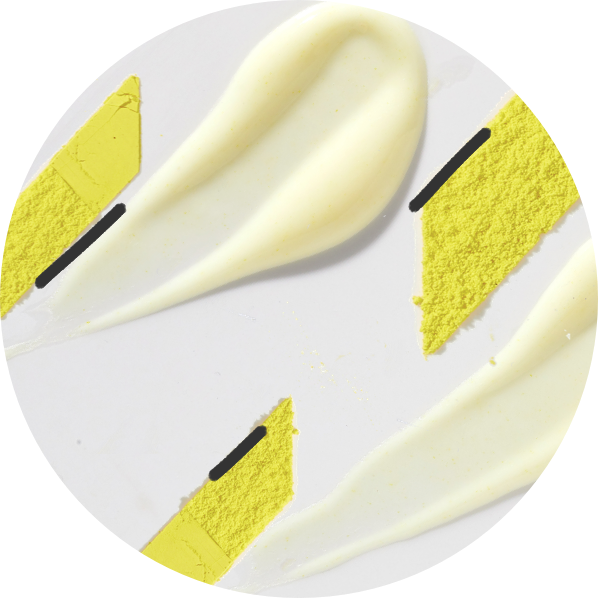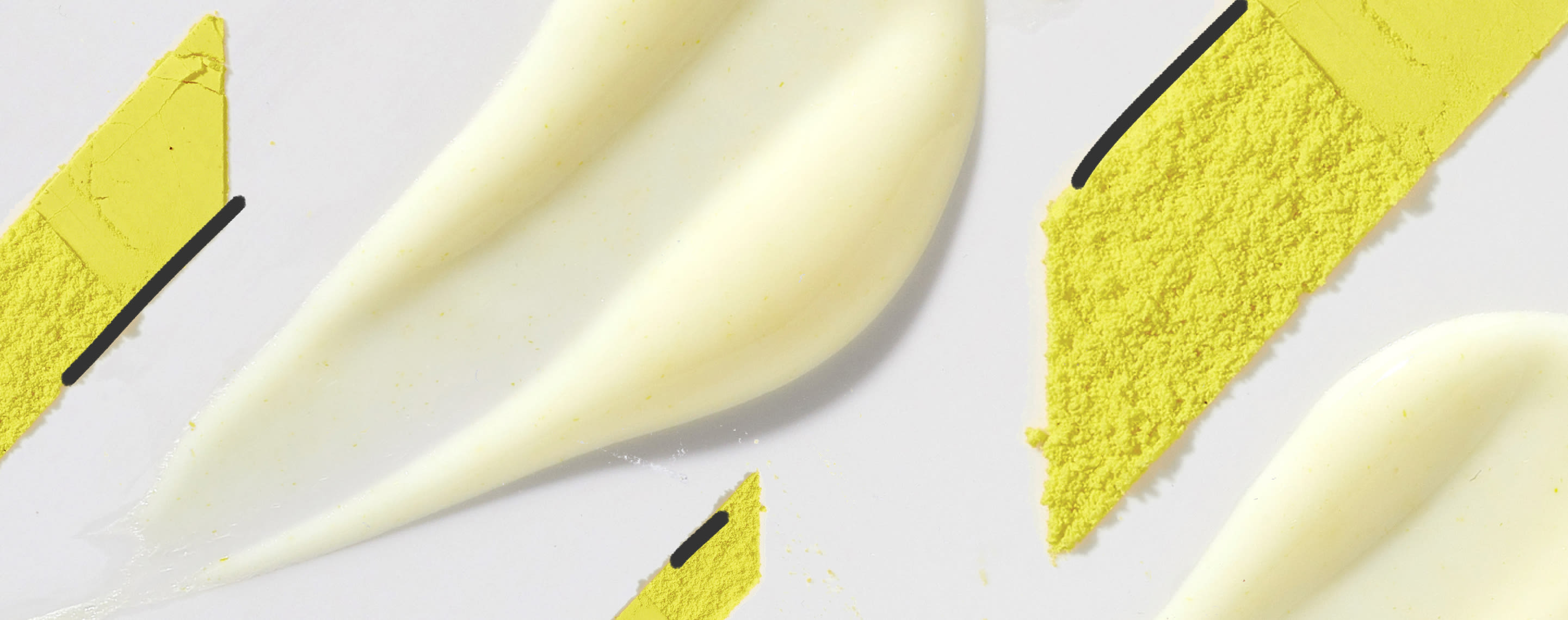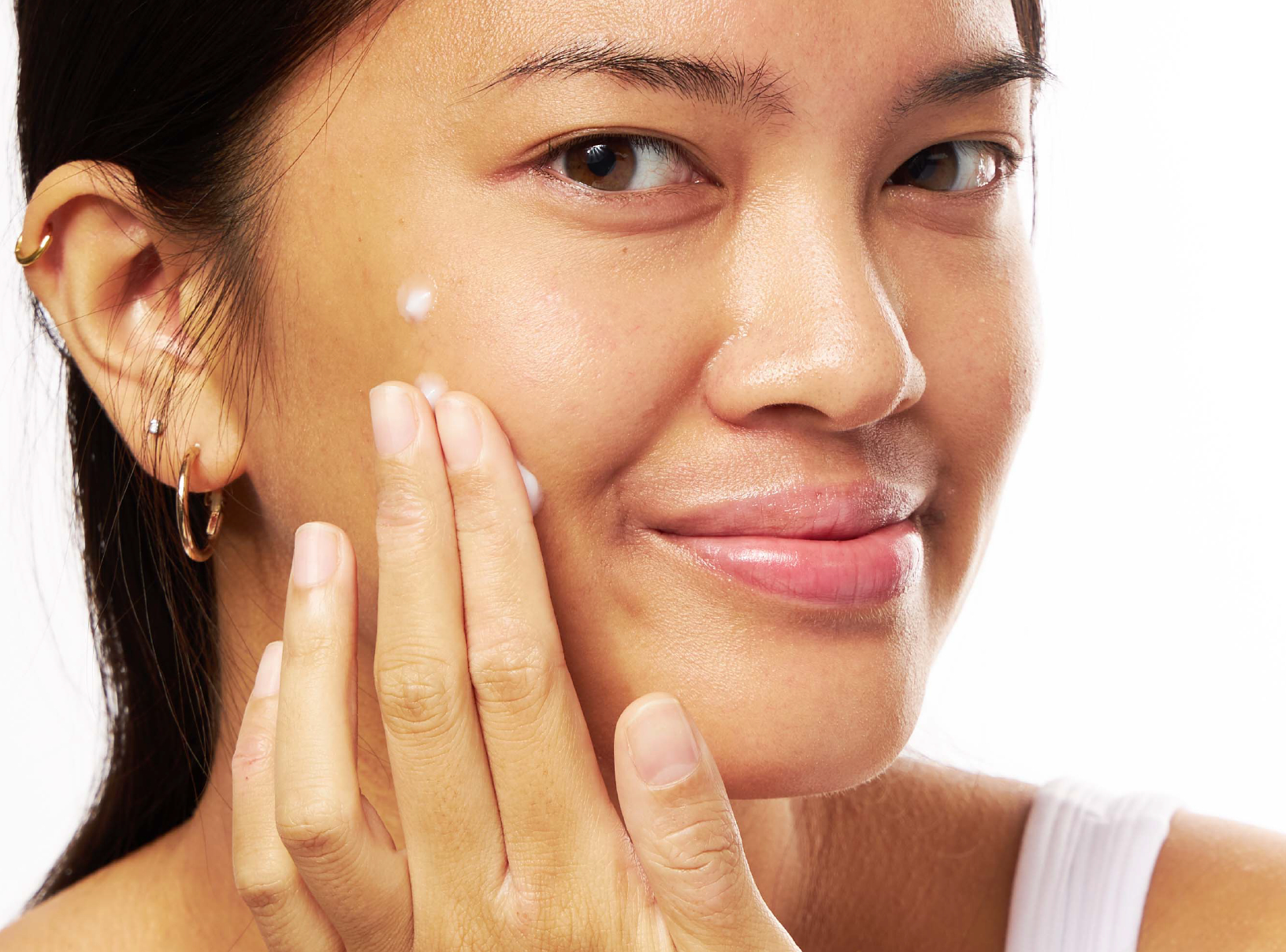Apostrophe Treatments
The Best Methods For Applying Your Tretinoin


SHARE
Apostrophe Treatments
The Best Methods For Applying Your Tretinoin
Medically reviewed by Aimee Paik, MD
Written by Lisa Guerrera
Last updated 8/1/2024
Tretinoin is the potent gold standard for acne and wrinkle treatment. But can lead to some irritation while you're adjusting, making it tricky to stick with. But the key to gracefully adjusting to tretinoin (and reaping all those benefits) could be as simple as how you apply it. Here’s our guide to the best ways to apply your tretinoin at night. Find the method that works for you and your skin will thank you later.
💁♀️The Classic
This is the standard recommendation for tretinoin application where you apply your tretinoin directly on clean, dry skin. This method can work great for experienced retinoid users in a simple, no fuss routine. Folks with oilier or resilient skin (aka, not sensitive at all) may like this method to ensure their skin receives every drop. A warning though: this method can result in more irritation for folks who are inexperienced with retinoids who have sensitive or dry skin!
🐢 Start Slow
When it comes to tretinoin, slow and steady wins the race! For most of us, when we start using a retinoid for the first time or after a long break, we can get something called the “retinoid uglies” or skin irritation and purging. One of the best ways to adjust to tretinoin is to start off applying it every other night until your skin adjusts. Tretinoin is a long term treatment, so there isn’t any pressure to start using it every night right away. Starting off a few nights a week and building it up can help prevent uncomfortable irritation, especially for sensitive skin and drier skin types.
😌 Start Low
The great thing about tretinoin is that it’s not one-size-fits-all. Tretinoin comes in a range of concentrations, from 0.018% all the way to 0.1%! So the good news is that you don’t need to immediately go with the strongest concentration. At Apostrophe, we often suggest patients start with a lower dose of 0.018% or 0.025% so they can start adjusting to a retinoid and we can more safely move them up to higher percentages if needed. The more concentrated, the more likely you are to get irritation, so better safe than sorry!
🥪 The Sandwich
Tretinoin is a form of Vitamin A– a fat-soluble vitamin. What this means is that tretinoin can layer really well with your more moisturizing and rich skincare products without hurting it’s efficacy. A technique that I personally love (and lots of drier skin folks love) is applying your moisturizer as a buffer, then apply your tretinoin, and lastly, seal it all in with another layer of moisturizer. The dermatology providers on our platform recommend you don’t shy away from your favorite moisturizers when starting tretinoin because moisturizers will help soothe any irritation and keep your skin from getting flakey and overly dry.
🍸 The Mixologist
If you don’t want to deal with layering your skincare (trust me, that extra little step can be annoying when you’re tired) you can try just putting one pump of your tretinoin into a dollop of moisturizer, mixing them together, and putting that on your face!
👀 DIY for your eyes
Eye creams get a lot of hype and are considered “necessary” for a proper skincare routine (they aren’t but that’s a different story). Most people can get away with just using their standard moisturizer around their eyes, but if you’re looking for more anti-wrinkle muscle this one's for you! Simply take a dab of your moisturizer or simple eye cream and mix a tiny amount of your tretinoin into it. Then dab around your orbital bone for an easy, cheap, and very effective DIY eye cream. The eyes are a sensitive area so watch out for any irritation using this method.
There are tons of ways to get the most out of your Apostrophe Tretinoin Formula, so we hope these tips will up your application game. If you want to see if tretinoin is a good fit for your skin, get started on your Apostrophe journey today! You'll receive a customized treatment plan crafted by a board-certified dermatologist in less than 48 hours. Get started for just $20!
Shop this post

Tretinoin + niacinamide formula
Like what you just read? Sign up for our email list to get the scoop on skincare science delivered straight to your inbox.

Deep Dives
A dermatologist shares his thoughts on the recent studies about benzoyl peroxide and benzene.
Read More
Education
What is milia?
What is milia? Today, we’re jumping into one type of bump that you may have heard about most commonly in infants — milia.
Read More
Education
Best moisturizer for acne-prone skin
If you have combination acne-prone skin, figuring out which moisturizer is best for your skin might be tough. In this guide, we break down the best moisturizer for combination, acne-prone skin.
Read More
